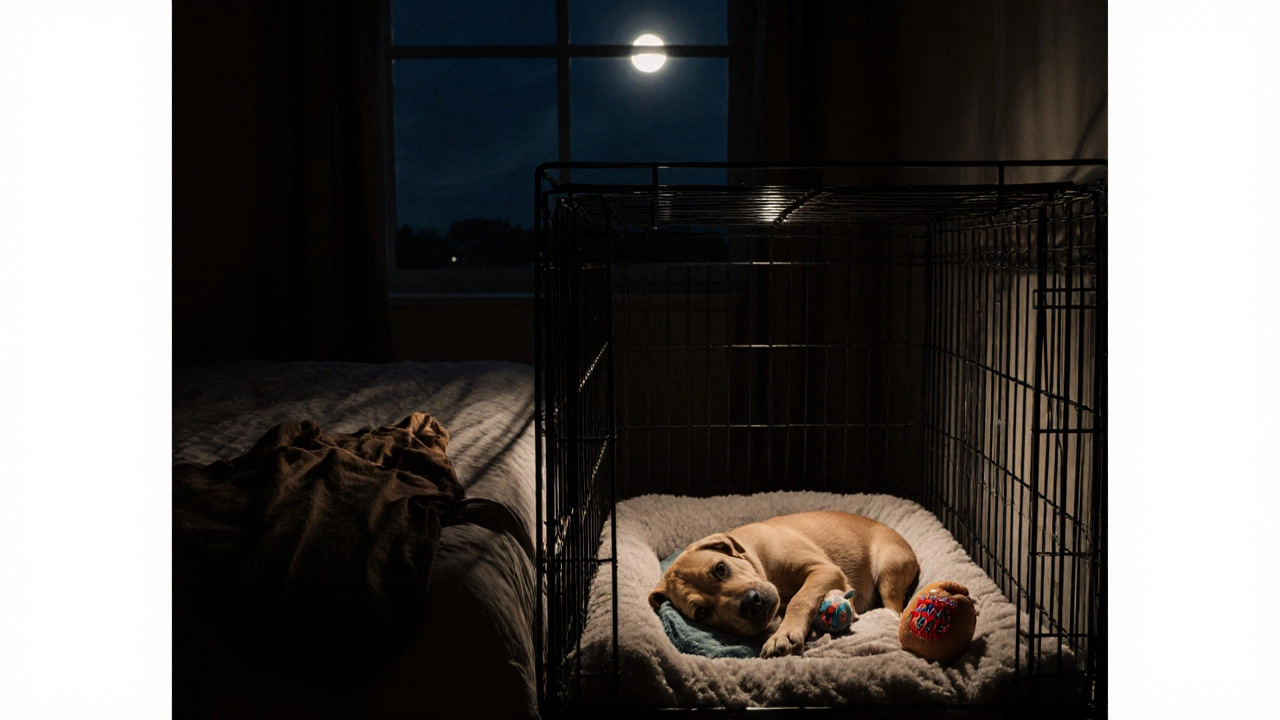Puppy Bedding: What Works, What Doesn’t, and How to Choose
When you bring home a puppy, one of the first things you’ll need is puppy bedding, a safe, comfortable surface designed for a young dog’s growing body and sleep needs. Also known as puppy bed, it’s not just a place to rest—it’s a critical part of their health, training, and emotional security. Puppies sleep up to 20 hours a day, and the wrong bedding can lead to joint problems, anxiety, or even accidents if it’s too cold, too slippery, or too hard to get in and out of.
Good puppy bedding, a supportive, easy-to-clean surface for young dogs should match their size, stage of growth, and behavior. A bed that’s too big leaves them cold; one that’s too small cramps their legs. Puppies also chew, dig, and have accidents—so the material needs to be durable and washable. Look for raised edges for security, non-slip bottoms to prevent sliding, and memory foam or orthopedic support if your pup is a larger breed. Avoid fluffy, loose stuffing—it can be swallowed or cause choking. And don’t forget temperature: puppies can’t regulate their body heat well, so avoid beds that get too cold on tile floors.
Related to this is dog bed size, the right dimensions that let a dog stretch out without wasting space. Measure your puppy from nose to tail and add 6–12 inches. If they’re still growing, pick a bed that fits their expected adult size, but make sure they can still curl up comfortably now. A bed that’s too big feels empty and unsafe. A bed that’s too small forces them to hunch, which can hurt their spine over time. This isn’t just comfort—it’s prevention.
And then there’s puppy sleep routine, a consistent pattern of rest that helps with brain development, potty training, and behavior. Puppies need quiet, dark, warm spots to sleep deeply. That’s why their bedding matters more than you think. If they’re not sleeping well, they’ll be cranky, harder to train, and more likely to have accidents. A good bed tucked in a quiet corner, away from drafts and noise, helps them settle. Many owners place it near their own bed at first—it eases separation anxiety and builds trust.
Don’t overlook puppy comfort, the feeling of safety and physical ease a pup gets from their sleeping space. It’s not just about softness—it’s about control. Puppies feel safer when they can see the room, when the bed doesn’t slide, when they can dig a little without destroying the fabric. Some pups love donut-shaped beds for cuddling. Others prefer flat, open ones to sprawl out. Watch your puppy. See how they sleep. Do they curl up? Stretch out? Burrow? Match the bed to their style, not your Pinterest board.
And always think about puppy health, how their sleeping environment affects their long-term physical and mental well-being. Poor bedding can cause pressure sores, hip issues, or even behavioral problems like separation anxiety. If your puppy is constantly moving, scratching, or whining at night, it’s not just them—it’s the bed. Clean it often. Replace it if it flattens out or smells. And never use old human pillows or blankets—they’re not designed for dogs and can harbor allergens or bacteria.
What you’ll find below are real, tested tips from owners and professionals who’ve been there—how to pick the right bed, avoid common mistakes, and make bedtime a calm, happy time for your pup. No fluff. No hype. Just what works.

